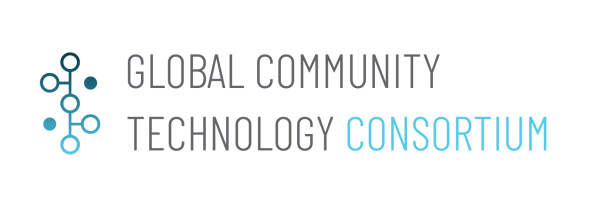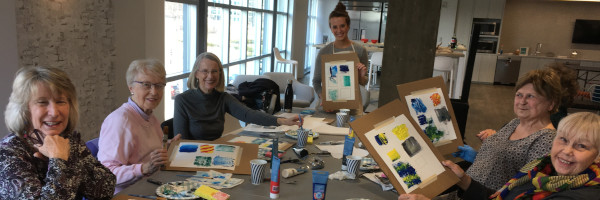Connecting the Dots Technology Enhanced Aging-in-Place for Residents of Waterfront Village
| Connecting the Dots Technology Enhanced Aging-in-Place for Residents of Waterfront Village | |
|---|---|

| |
 Technology Enhanced Aging-in-Place | |
| Team Organizations | Waterfront Village |
| Team Leaders | Marjorie Lightman |
| Participating Municipalities | Washington DC |
| Status | Launched |
| Document | None |
Description
The Objectives of this project are:
- Integrates technology into every aspect of the organizational structure and functioning of a senior village organization (Waterfront Village) as a model aging-in-place project
- Develops programs that realize the potential of technology for elders, their families, and their caregivers in community committed to aging-in-place
- Provides the technical support that makes its possible for people ageing-in-place to become familiar and comfortable using advanced technology.
Challenges
Senior villages are neighborhood-based membership organizations of staff, volunteers, and vendors supporting residents who wish to age in place. Senior villages typically offer services to residents aged 62 or older to allow them to remain in their homes for as long as they wish and are physically and mentally able.
In Washington DC the largest population cohort is seniors. Contrary to popular opinion, seniors not millennials are the single fastest growing group. Nothing equals the potential of technology to offset decreased mobility and increased fragility of elders. Villages of members committed to aging-in-place offers a laboratory communities where the most advanced technology can provide necessary and essential services for older adults.
Apps that facilitate life for older people are proliferating; telemedicine is expanding, virtual communication is already a social reality, and new kinds of services for older adults come online daily.
Traditional government sponsored urban services organized to help the aged are rooted in assumptions and conditions that reflect the race, class and economic conditions of the late 1960s and 70s. They also echo visions and stereotypes of aging that have become obsolete.
This collaboration between the Village and the city of Washington offers an opportunity to introduce new thinking and new programming that to facilitate a 21st century vision of aging.
Solutions
TBD
Major Requirements
- Create a collaborative team that includes villages in DC, government agencies, and community organization;
- Develop and assemble project team;
- Create scope and requirements of a plan that uses Waterfront Village as a model for the 13 villages in DC to achieve the three project goals and meet the stated challenges;
- Develop ancillary community advisory boards that assure the model project will have an efficient integration into the larger community;
- Assess and acquire suitable technology;
- Develop a suitable measurement for assessing success
- Run pilot for 12 months
Performance Targets
| Key Performance Indicators (KPIs) | Measurement Methods |
|---|---|
|
|
Standards, Replicability, Scalability, and Sustainability
The changes in the use of technology within Waterfront Village can be expanded to the 13 villages in DC and also to the 53 villages in the region. These can also provide models for more distant implementation.
Cybersecurity and Privacy
The project will address cybersecurity and privacy through technical means and will also asses the participants perceptions of security through interviews.
Impacts
The quality of life for seniors will be positively impacted.
- They will have stronger communication skills that allow social interaction and community into later years.
- They will be able to live independently for longer periods of time.
- The project potentially alters the public investment in services for aging .
Demonstration/Deployment
Representative of the proposed project team will speak.